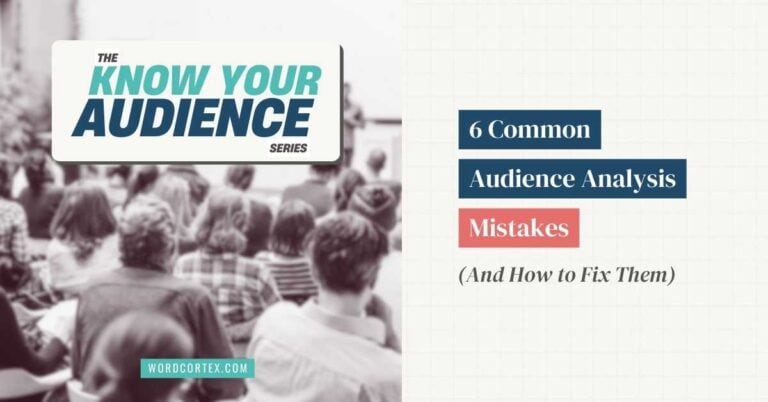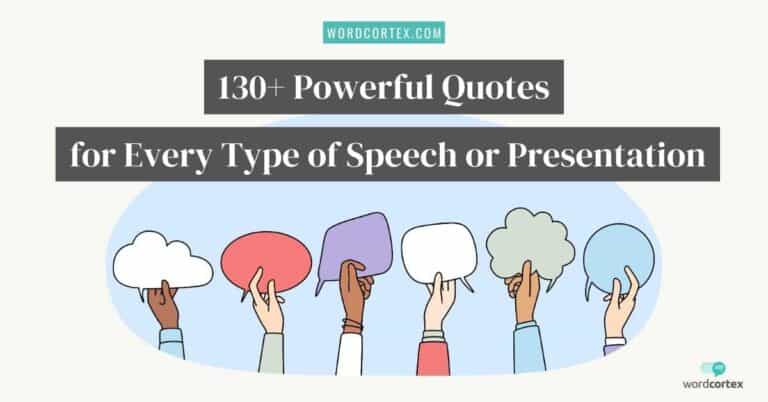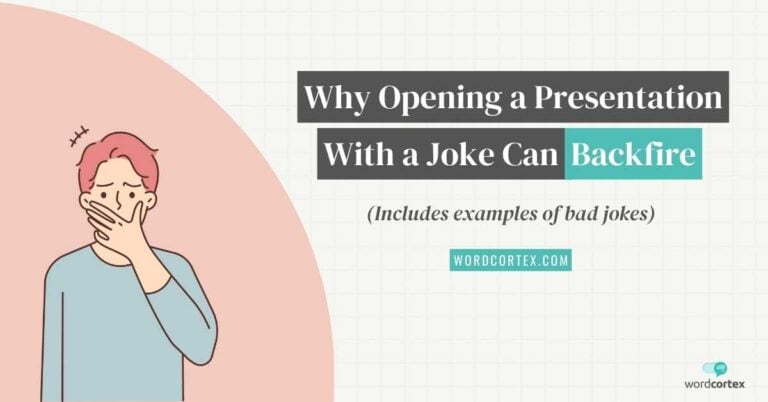5 Steps to Anticipate Audience Questions (and Prepare in Advance)
An active, engaged audience is a presenter’s dream. That moment when a dozen hands go up at the end of your presentation can mean both good and bad news. The good news is that you did a pretty darn good job communicating your message; you kept the audience’s interest piqued all along.
The bad news: You’re worried about the kinds of questions you might get asked. What if you don’t have all the answers?
Or worse, what if your answers make you sound dumb?
Because, truth be told…
The smart ones ask when they don’t know. And, sometimes, when they do.
It’s that sneaky smart one in the audience that we dread, isn’t it? Especially when the smart one is a potential client.
Questions trigger direct dialog with your audience. It’s not the question itself that we dread. It’s the doubt in our ability to provide good answers on the fly.
So, our goal as a presenter is to anticipate questions and prepare answers ahead of time.

The Socratic questioning method
Teachers and educators, especially in law school, use the Socratic questioning method to ask probing questions to test if students fully understand the subject matter.
For example, in discussing a case, the professor may ask his students, “What if this was not an attack but instead an act of self-defense?” This now encourages critical thinking in young law students to look at the same set of facts from a different perspective.
The Socratic method offers ways of posing questions to encourage dialogue. To anticipate our audience questions ahead of time, we’ll apply Socratic questioning method… in reverse.
(Yep, binge-watching Suits can have some useful consequences.🙂)
Anticipate questions (and prepare in advance)
The questions you’re asked can range from a simple query for more clarification to highly speculative musings about your message. Starting from the big takeaway of your presentation, there are 5 broad categories of questions.
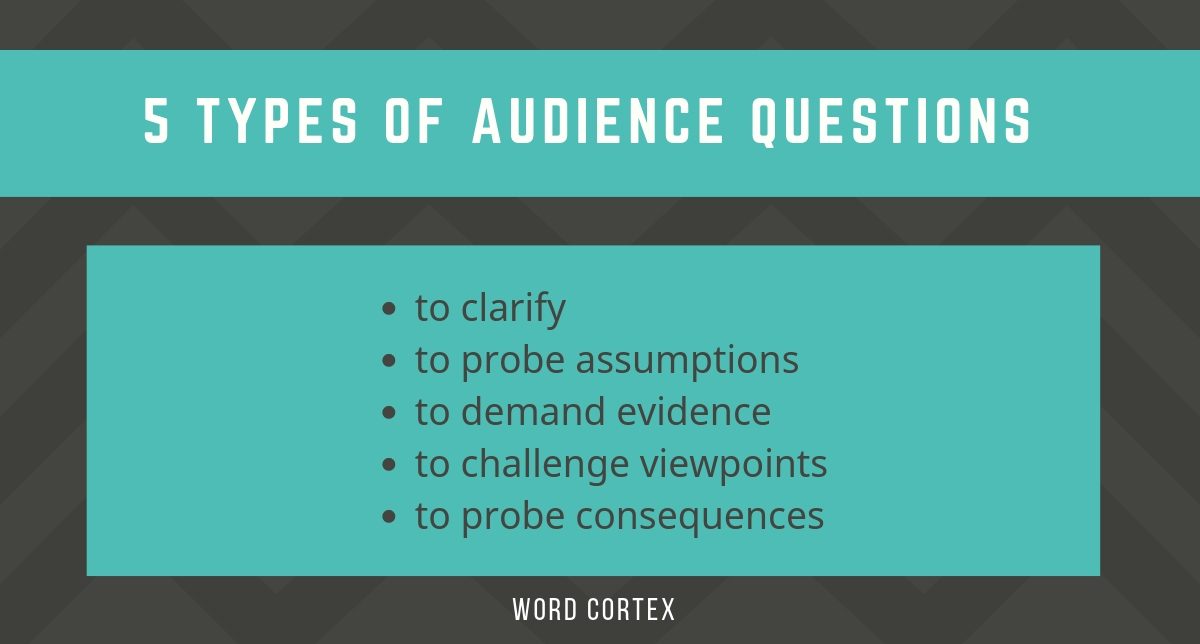
1. Questions to clarify
With these questions, the audience member wants more information
“When will this event take place?”
“How can I upgrade my plan?”
“What settings did you use?”
How to prepare for these types of questions:
- During your preparation, ask ‘how, what, and when’ to your takeaway message.
- If it’s a challenge to memorize the fine details, you can keep a printed sheet at the podium or include additional notes in your presentation.
- Clarification questions yield very specific answers. You can always follow up on the answers if you don’t have them right away.
2. Questions that probe assumptions
The audience picks up on a missing piece
“How can I ensure that my data is safe on your cloud system?”
“I noticed you only included men in your study. Why did you leave women out?”
“That’s assuming everyone reads books. What about those who prefer audiobooks?”
How to prepare for these types of questions:
- Rehearse your presentation with trusted colleagues or friends, requesting a Q&A session. This helps pick out any inadvertent assumptions you may have made in your story.
- Ask yourself: if someone were to disagree with me, what would they say? Then prepare answering points for the possible oppositions you come up with.
3. Questions that demand reasons and evidence
The audience wants proof
“Can you give us an example of how product X is better that Y?”
“What do you think causes people to drop out of school?”
“Do you think that X is responsible for Y?”
How to prepare for these types of questions:
- Gather examples, case studies, testimonials or success stories as you prepare for your presentation (even if you don’t use them in your slides).
- Do you have citable sources for the claims that you make in your presentation? Think of any supporting information that can act as ‘proof’ to enhance your takeaway.
💡 Pro tip: Leave them longing for more
Ever experienced a Q&A session where no one had a question?
The best Q&A sessions happen after presentations that are designed to inform, not overload, the audience. Instead of digressing into every tiny detail in your presentation, carefully choose to reveal only what supports your key takeaway. This way, you’ve created some room for tangential questions.
4. Questions about viewpoints and perspective
The audience steps into the big picture
“Is there an alternative to X?”
“How are X and Y similar?”
“What are the benefits of X?”
“You mentioned the strengths. I’m wondering if there are any weaknesses of X?”
“With the constraints in time and budget, do you think X can work reliably?”
“Why is X the best in the market?”
How to prepare for these types of questions:
- Step into the future. Ask how your idea can improve the current state of affairs in the near future. Return to the original ‘why’ of your project.
- Research your competition. Identify your strengths and weaknesses, and then justify them with facts.
- To address any weaknesses you’ve identified, take a closer look at what’s in progress with your project, for example, a version 2.0 or plans for more funding. Staying up-to-date with the ‘in progress’ items puts you in a stronger position to answer big picture questions.
5. Questions that probe implications and consequences
The audience wonders ‘what happens if…’
“How would your results be affected if you used a different method?”
“Would users of product X still be interested in product Y?”
“What happens if you don’t get funding?”
How to prepare for these types of questions:
- Can you identify any direct risks that can affect your project? ‘What if’ questions are typically directed towards potential threats that can thwart your future goals.
- When asking ‘what if’, the audience member projects their presumption onto the facts you’ve just presented. Your answers to these questions are more likely to be speculative (and that’s OK).
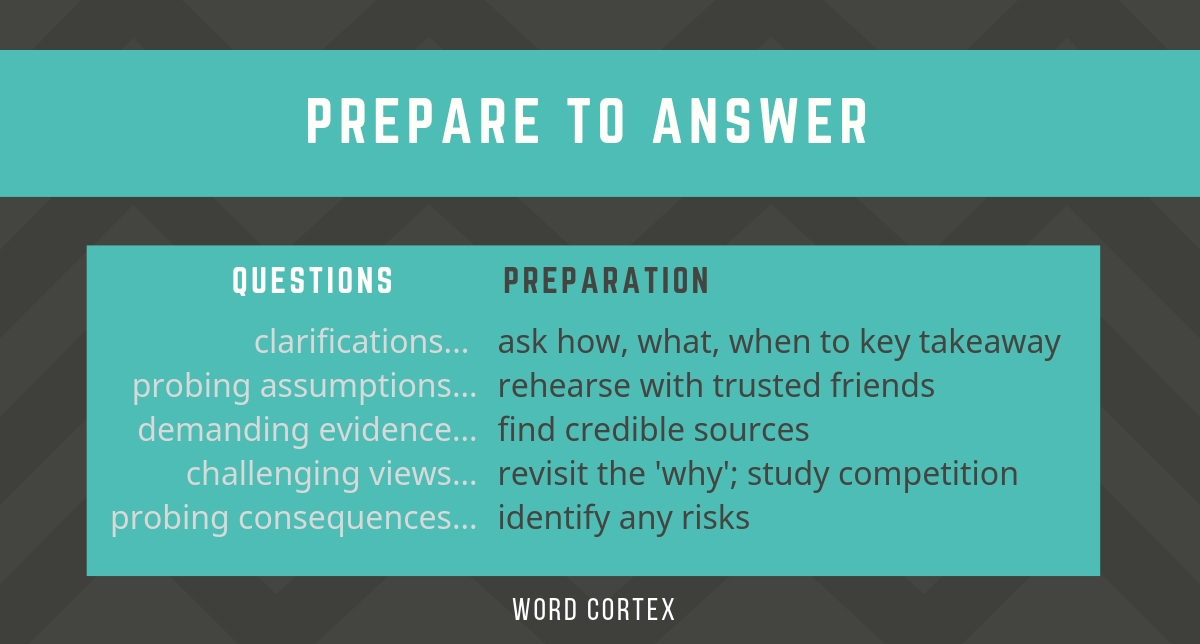
Being ready to answer those questions: Bring it on!
Once you’ve gathered your sources, compiled evidence, identified opposing views, and determined possible consequences, you’re now better equipped to answer questions from your audience. Bring it on!
Anticipating questions and answering them with elegance is a sign of a seasoned public speaker.
Using the five-step questioning method puts you in control of an otherwise unpredictable Q&A session.
Take on those questions like a pro, until, of course, the moderator intervenes to say, “We only have time for one more question.” 😉


